OPTICAL DISPLACEMENT SENSOR NODE
The distance measurement provides information about the deformation of a targeted structure and the tilt measurement informs the user on the stability of the sensor itself and of the reference structure where it is mounted.
Categories: Geo-Structural Instruments, Joint and Crack meters
Description
The Optical Displacement Sensor Node is an instrument which uses optical means to take high precision displacement measurements. These outputs are then passed through Senceive’s wireless communications network to a Gateway. It can also be combined with Senceive’s world-leading triaxial tilt sensor to obtain high precision tilt measurements that are linked to an external reference.
Optical Displacement sensing is ideal for many structural and geotechnical monitoring applications, including those measuring:
- Convergence/divergence for tunnel/arch intrados or bridge abutments
- Vertical movements for structural settlement/heave
- Lateral movements such as rail track slew
- Earthworks and embankment movement
- Water level monitoring/dewatering
Features
- Fully integrated unit
- Extremely low noise performance
- Optical sensor resolution of 0.1 mm and repeatability of ± 0.15 mm
- Triaxial tilt sensor resolution of 0.0001° (0.0018mm/m) and repeatability of ±0.0005° (±0.009 mm/m)
- Integrated long life battery
- 10 years battery life, including when acting as a relay node within the mesh communications network
- Easy to align with target when using the magnet triggered aiming mode
- Integrated temperature sensor
- Versatile mounting options
- Waterproof to IP66/IP67/IP68
- Firmware is remotely upgradeable over the air via the gateway reducing costly site visits (FlatMesh)
Additional information
| Brands | |
|---|---|
| Range |
50 m (natural surface) |
| Resolution |
0.1 mm |
| Repeatability |
±0.15 mm |
| Tilt Sensor |
Availably on request |
Reviews (0)
Be the first to review “OPTICAL DISPLACEMENT SENSOR NODE” Cancel reply
About brand
Since 2005, Senceive has been singularly focused on bringing intelligent wireless condition monitoring to civil engineering and rail applications. Senceive is widely seen as the global leader for wireless remote condition monitoring solutions, with more than 30,000 sensors installed in 2020 alone.
Related products
VWPHT-3600 SERIES
In stock
Rated 0 out of 5
The VWPHT-3600 series High Temperature Piezometers are suitable for the extreme environments of temperature and pressure found within applications such as geothermal heat and enhanced oil recovery systems including steam assisted gravity drainage (SAGD) and cyclic steam stimulation (CSS). They are capable of monitoring high temperatures up to 250°C and pressures up to 34.5 MPa.
PORTABLE MEMS INCLINOMETER
In stock
Rated 0 out of 5
The MEMS Portable Inclinometer system utilises modern communication and Smart devices to enable the tilt data generated by the probe to be managed, stored and transferred directly from site via FTP, API, email or other communication platforms.
It is available for vertical, inclined and horizontal applications.
TILT BEAM
In stock
Rated 0 out of 5
The Tilt Beam is a lightweight, rigid aluminium beam that is used in conjunction with a Triaxial Tilt Node, a NanoPlus or a NanoMacro.
The tilt beam has been successfully used in many applications, including:
- Movement monitoring of any structure
- Longitudinal settlement
- Tunnel convergence/divergence
- Lateral displacements
DIGITAL PIEZOMETER – dPiezo
In stock
Rated 0 out of 5
STANDPIPE PIEZOMETER
In stock
Rated 0 out of 5
IMAGING & CAMERA
In stock
Rated 0 out of 5
The FlatMesh 4G Camera is a best in class solar powered solution for static imagery in remote or industrial areas.
It contains a monochrome digital camera which can take clear, high quality photographs day or night without the use of external illuminators.
The 4G camera connects to a Senceive EdgeHub (with FlatMesh) unit which provides power and connectivity over the cellular network (2G/3G/4G) or existing wired ethernet networks.
INCLINOMETER CASING XC
In stock
Rated 0 out of 5
INCLINOMETER SPIRAL SENSOR
In stock
Rated 0 out of 5



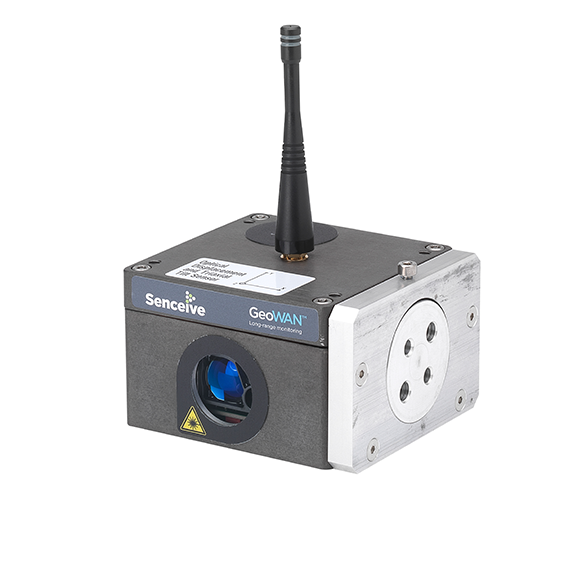

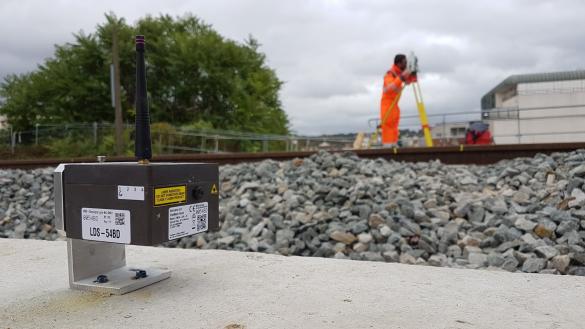

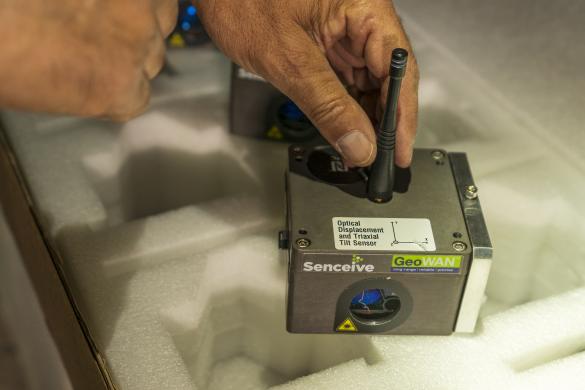

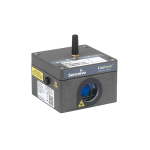
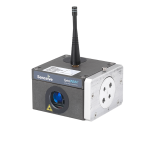


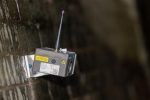


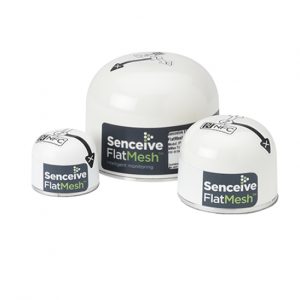
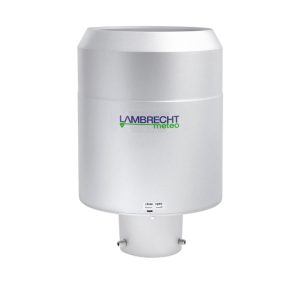

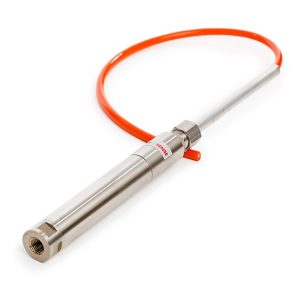
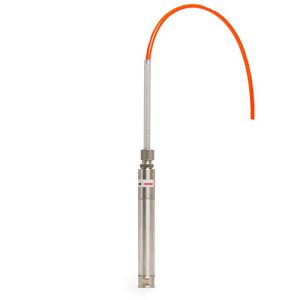
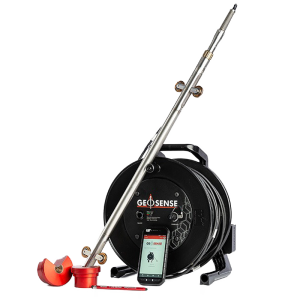
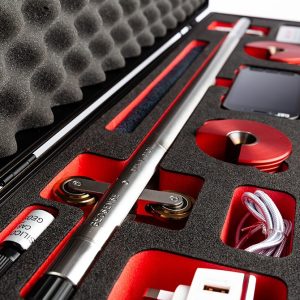
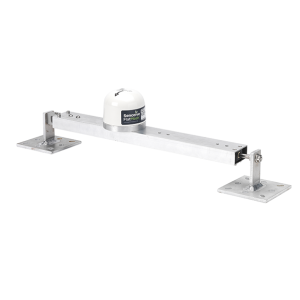
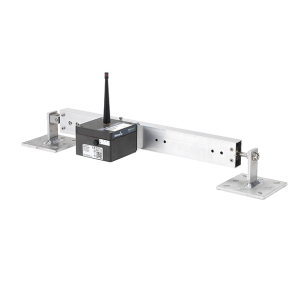
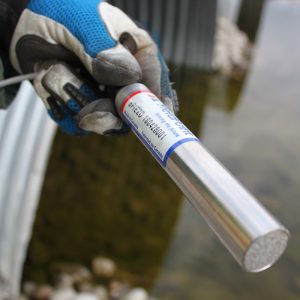
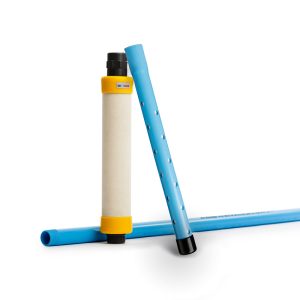
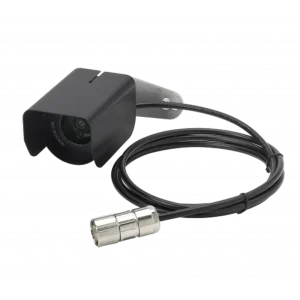
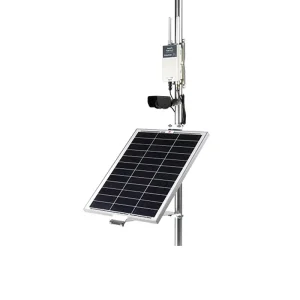
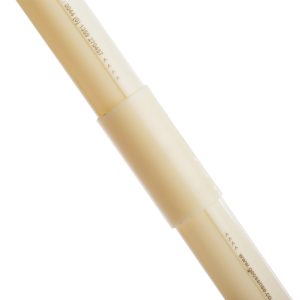
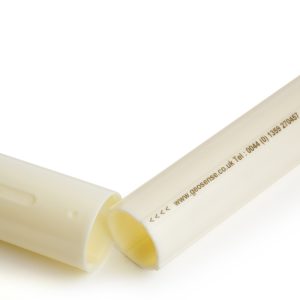
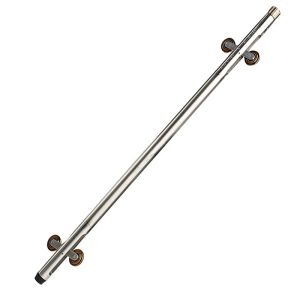
Reviews
There are no reviews yet.